Introdução
Escolher o mini trator 4×4 certo para uso agrícola é uma decisão crítica para qualquer fazendeiro. Essas máquinas versáteis podem lidar com uma variedade de tarefas, desde arar campos até transportar equipamentos. Neste guia, exploraremos os principais fatores a serem considerados ao selecionar um mini trator 4×4 para uso agrícola, garantindo que você tome uma decisão informada que atenda às suas necessidades específicas.
Entendimento Mini tratores 4×4
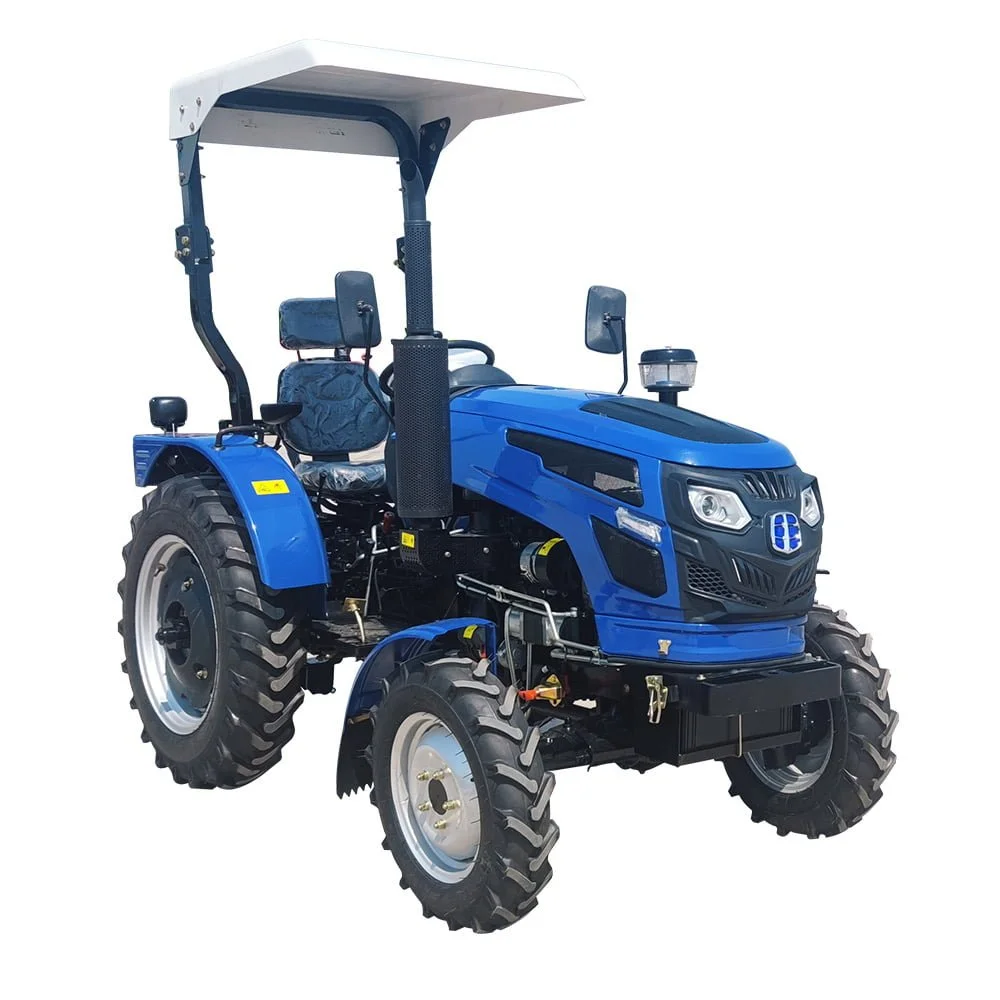
Mini tratores 4×4, também conhecidos como tratores utilitários compactos, são máquinas pequenas, porém potentes, projetadas para uma variedade de tarefas agrícolas. Eles oferecem tração nas quatro rodas (4×4), proporcionando maior tração e estabilidade em terrenos acidentados. Aqui estão algumas das características e benefícios essenciais dos mini tratores 4×4 para uso agrícola:
- Tamanho compacto: Ideal para fazendas de pequeno e médio porte e espaços apertados.
- Versatilidade:Equipado com vários acessórios para arar, cortar grama, cultivar e transportar.
- Eficiência do combustível: Normalmente mais econômicos do que tratores maiores.
- Fácil de usar: Projetado para fácil operação, mesmo para iniciantes em máquinas agrícolas.
Principais fatores a considerar
Ao escolher um mini trator 4×4 para uso agrícola, vários fatores precisam ser considerados para garantir que você escolha o melhor modelo para suas necessidades. Abaixo estão alguns aspectos críticos a serem avaliados:
Poder do motor
A potência do motor de um mini trator 4×4 é um fator crucial. Ela determina a capacidade do trator de executar diversas tarefas com eficiência. A potência do motor é medida em cavalos de potência (HP) e, para a maioria das tarefas agrícolas, um trator com 20 a 50 HP deve ser suficiente.
Tipo de transmissão
Os tratores vêm com diferentes tipos de transmissão, incluindo manual, hidrostática e com troca de marchas. Cada uma tem suas vantagens:
- Transmissão manual: Oferece melhor controle e geralmente é mais durável.
- Transmissão hidrostática: Proporciona uma operação mais suave e é mais fácil de usar.
- Transmissão Shuttle Shift: Permite mudanças fáceis de direção, ideal para tarefas que exigem movimentos frequentes para frente e para trás.
Anexos e Implementos
Considere a disponibilidade e a compatibilidade de acessórios e implementos. Os acessórios comuns para mini tratores 4×4 incluem:
- Carregadores frontais: Para mover solo, cascalho e outros materiais.
- Retroescavadeiras: Para tarefas de escavação e escavação.
- Cortadores de grama: Para cortar grama e fazer manutenção em campos.
- Cultivadores:Para preparar o solo para o plantio.
Terreno e tipo de solo
Avalie o terreno e o tipo de solo da sua fazenda. Mini tratores 4×4 têm bom desempenho em diversos terrenos, mas é essencial escolher um modelo com recursos adequados às suas condições específicas, como:
- Terreno acidentado: Procure tratores com maior distância do solo e suspensão robusta.
- Solo úmido ou lamacento: Opte por modelos com melhor tração e pneus resistentes à lama.
Orçamento
O orçamento é sempre um fator importante a ser considerado. Embora os mini tratores 4×4 sejam geralmente mais acessíveis do que os modelos maiores, os preços ainda podem variar bastante. Determine seu orçamento e compare modelos dentro dessa faixa para encontrar o melhor custo-benefício para o seu investimento.
Dicas de manutenção para Mini tratores 4×4
-
 Trator de 4 rodas 140HP 1604
Trator de 4 rodas 140HP 1604 -
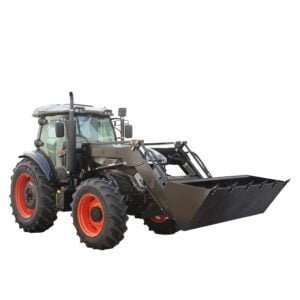 Trator Agrícola 140HP 1404
Trator Agrícola 140HP 1404 -
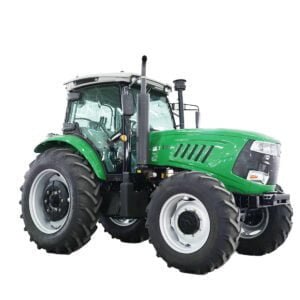 Trator Farmall 130 HP 1304
Trator Farmall 130 HP 1304 -
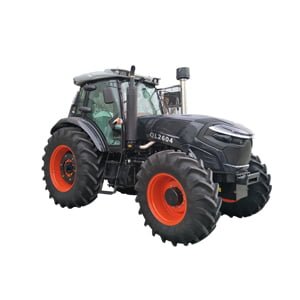 O trator de modernização QILU 260HP mais pesado
O trator de modernização QILU 260HP mais pesado -
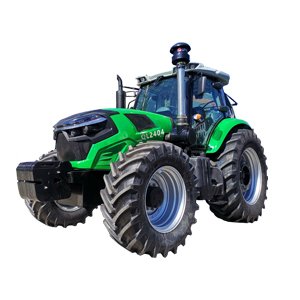 Poderoso trator de chassi pesado QILU 240HP
Poderoso trator de chassi pesado QILU 240HP -
 Trator agrícola padrão internacional Power QILU 220HP
Trator agrícola padrão internacional Power QILU 220HP -
 Fornecedor de trator 100HP da China
Fornecedor de trator 100HP da China -
 Fábrica de tratores OEM 80HP
Fábrica de tratores OEM 80HP -
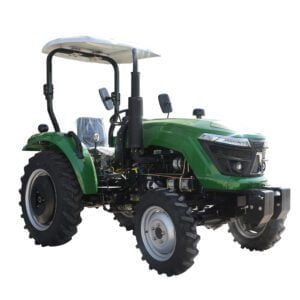 China Trator 70HP Atacado
China Trator 70HP Atacado
A manutenção adequada é crucial para a longevidade e o desempenho do seu mini trator 4×4. Aqui estão algumas dicas essenciais de manutenção:
Inspeções Regulares
Realize inspeções regulares no seu trator, verificando se há sinais de desgaste. As principais áreas a serem inspecionadas incluem:
- Motor e transmissão: Procure por vazamentos de óleo e verifique os níveis de fluidos.
- Pneus: Certifique-se de que os pneus estejam devidamente calibrados e sem danos.
- Anexos: Verifique as condições e fixe os acessórios corretamente.
Mudanças de óleo
Trocas regulares de óleo são essenciais para manter o motor funcionando perfeitamente. Siga as recomendações do fabricante quanto aos intervalos de troca de óleo.
Substituições de filtros
Substitua os filtros de ar, combustível e óleo de acordo com o cronograma de manutenção para garantir o desempenho ideal.
Lubrificação
Mantenha todas as peças móveis bem lubrificadas para reduzir o atrito e evitar desgaste prematuro.
Armazenar
Guarde o seu trator em local seco e abrigado para protegê-lo das intempéries. Se for armazená-lo por um período prolongado, siga as instruções do fabricante para armazenamento de longo prazo.
Conclusão
Escolher o mini trator 4×4 certo para uso agrícola envolve considerar cuidadosamente vários fatores, incluindo potência do motor, tipo de transmissão, acessórios, terreno e orçamento. Ao avaliar esses aspectos e comparar os modelos populares, você pode encontrar um trator que atenda às suas necessidades e aumente a produtividade da sua fazenda.
Perguntas frequentes
Qual é a potência ideal do motor para um mini trator 4×4 usado na agricultura?
A potência ideal do motor para um mini trator 4×4 na agricultura normalmente varia de 20 a 50 cavalos de potência, dependendo das tarefas que você planeja executar.
Com que frequência devo realizar a manutenção do meu mini trator 4×4r?
A manutenção regular deve ser realizada com base nas recomendações do fabricante, normalmente a cada 50-100 horas de uso, incluindo trocas de óleo, substituições de filtros e lubrificação.
Posso usar um mini trator 4×4 em terrenos acidentados?
Sim, os mini tratores 4×4 são projetados para lidar com diversos terrenos, incluindo terrenos acidentados e irregulares. Procure modelos com maior distância do solo e suspensão robusta para melhor desempenho.
Quais anexos são essenciais para um mini trator 4×4 na agricultura?
Os acessórios comuns para uso agrícola incluem carregadeiras frontais, retroescavadeiras, cortadores de grama e escarificadores. A escolha dos acessórios depende das tarefas específicas que você precisa realizar na sua fazenda.
Vale a pena investir em uma transmissão hidrostática para um mini trator 4×4?
As transmissões hidrostáticas oferecem uma operação mais suave e são mais fáceis de usar, tornando-as um investimento valioso para tarefas que exigem mudanças frequentes de velocidade e direção. No entanto, as transmissões manuais oferecem melhor controle e durabilidade para tarefas mais pesadas.

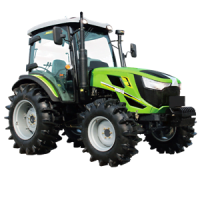
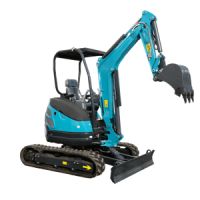
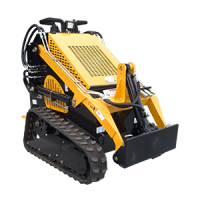

-1.png)